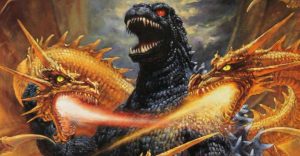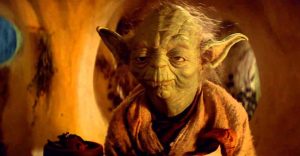How The Xenomorph Changed, From Giger To Alien Movies

H.R. Giger’s Xenomorph creature from Ridley Scott’s sci-fi horror movie, Alien, took audiences by storm in 1979, but since then has undergone numerous changes as the franchise has evolved.
Ridley Scott, the director of Alien (1979), read Giger’s 1977 book, Necronomicon, and hired him to produce artwork and conceptual designs for the film. Two lithographs in the book, “Necronomicon IV” and “Necronomicon V,” proved to the basis for the iconic monster. According to The Verge, while Giger’s designs were used for the rest of the franchise, neither James Cameron’s Aliens nor Jean Pierre Jeunet’s Alien Resurrection credited him, and with future films, the franchise continued this trend. He was only consulted on Alien 3 and Prometheus, and his role was severely diminished compared to his role in Alien.
The first major change to the alien’s design was removing the eyes, a decision made late-into the game as evident by Alan Dean Foster’s film novelization. Author Alan Dean Foster was brought on to write the film novelization, using nothing but an early draft of the script and Giger’s early designs. Since the two lithographs from the book both show the alien having black bulging eyes, the novelization mentions the alien as having “eyes far too big for even a huge head.” The eyes were cut from the design before production was underway.
The Evolution of H.R. Giger’s Xenomorph Design

When James Cameron was in the director’s chair for Aliens, Stan Winston designed what would ultimately became the Alien Queen. Here, the Queen has a slightly larger head protected by a flat crest, a pair of small arms and a pair of larger arms, and high heel protrusions from the feet. A pregnant Alien Queen also appears in the film with a vast ovipositor at the lower torso which creates the horrifying eggs, a concept which seems to be borrowed by real-life termites and a look that gives the visual impression that the Queen is sitting on a throne. Come Alien 3, audiences saw the “Runner Alien”. The theatrical version depicts this creator being a “dog alien” while Alien 3: The Assembly Cut depicts this as being an “ox alien”.
Regardless of which animal, the alien appears the same in each version: being a miniature version of the Alien with hind legs and, unlike the human version, no dorsal tubes to speak of. Behavior-wise, this Alien uses its mouth and teeth to attack and maul its victims. This alien was shown all grown-up, a version inspired by Michelle Pfeiffer. Another new Alien was designed for Alien Resurrection. The result of a genetic contamination with Ripley 8 for Alien Resurrection, this Alien, dubbed “Newborn”, is larger than Giger’s alien with pale, translucent skin. With no tail to speak of, this alien has a skull-shaped face with human eyes, a tongue, and a nose, additions made to emphasize the character’s more human origins.
In continuing with the idea that the alien takes on characteristics of its host, Aliens vs. Predator: Requiem (2007) showed audiences what happened to the chestburster that popped out of the Predator in Alien vs. Predator. This character, like the Predator, has long hair-like appendages, mandibles, and a grayish skin-tone. When Ridley Scott came back to the director’s chair for Prometheus and Alien: Covenant, audiences saw the Xenomorph’s predecessors. First was the smooth, blue-bodied Deacon and the faceless Neomorph, before audiences saw a true Xenomorph at the end of the film with various results. There have been more creatures in this franchise than the Xenomorph, such as the Trilobite and the Androids, but this one creature, despite being the most iconic, has changed the most as movies have gone on, for better and for worse, since its first appearance in Alien. H.R. Giger passed away in 2014, but his nightmare has lived on.
About The Author

















